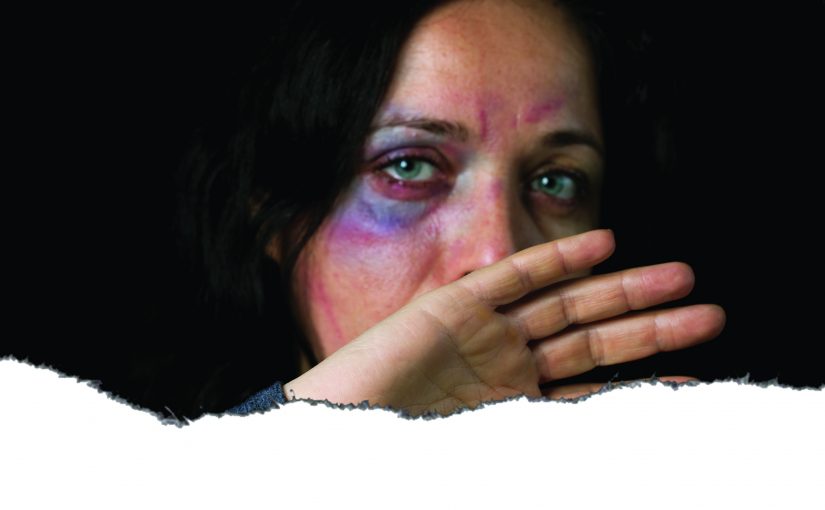A Dangerous Link
From Stranglers to Cop Killers

Deputy Sheriff Peter Herrera, 35, made a traffic stop for a driver’s failure to dim high beams on March 22, 2019. After initiating the stop, he determined the car’s registration was also expired. However, before Deputy Herrera could even write a citation, the driver got out of the car, said nothing, and opened fire, firing 15 times point blank at Deputy Herrera. Peter Herrera died hours later. His killer, Facundo Chavez, had a long history of domestic violence, including strangulation assaults, against women in his life. Deputy Herrera knew none of that when he made the traffic stop. Hours after the shooting, he would become one of the 23 law enforcement officers murdered in 2019 by men with a history of intimate partner violence and, often, strangulation assaults against women.
Men who assault and strangle women are the most dangerous men on the planet, but many professionals, including law enforcement officers, continue to be unaware of this threat.
Many news stories over the years have argued that domestic violence calls are the most dangerous of all calls for law enforcement. There is some truth to these stories. In 2017, there were more officers shot when responding to domestic violence calls than in any other type of incident involving firearms. Historically, this type of analysis does raise awareness about domestic violence dangers for law enforcement. From 1988 to 2016, 136 officers were killed responding to “domestic disturbances” according to the FBI. By comparison, 80 were killed during drug-related arrests for the same period. The National Law Enforcement Officers Memorial Fund, news outlets, and many other law enforcement organizations have highlighted this type of data over the years. But the dangers of responding to domestic violence calls pale in comparison to the dangers of being on ANY call where the criminal suspect has a history of domestic violence, particularly if he has a history of strangling a woman.


